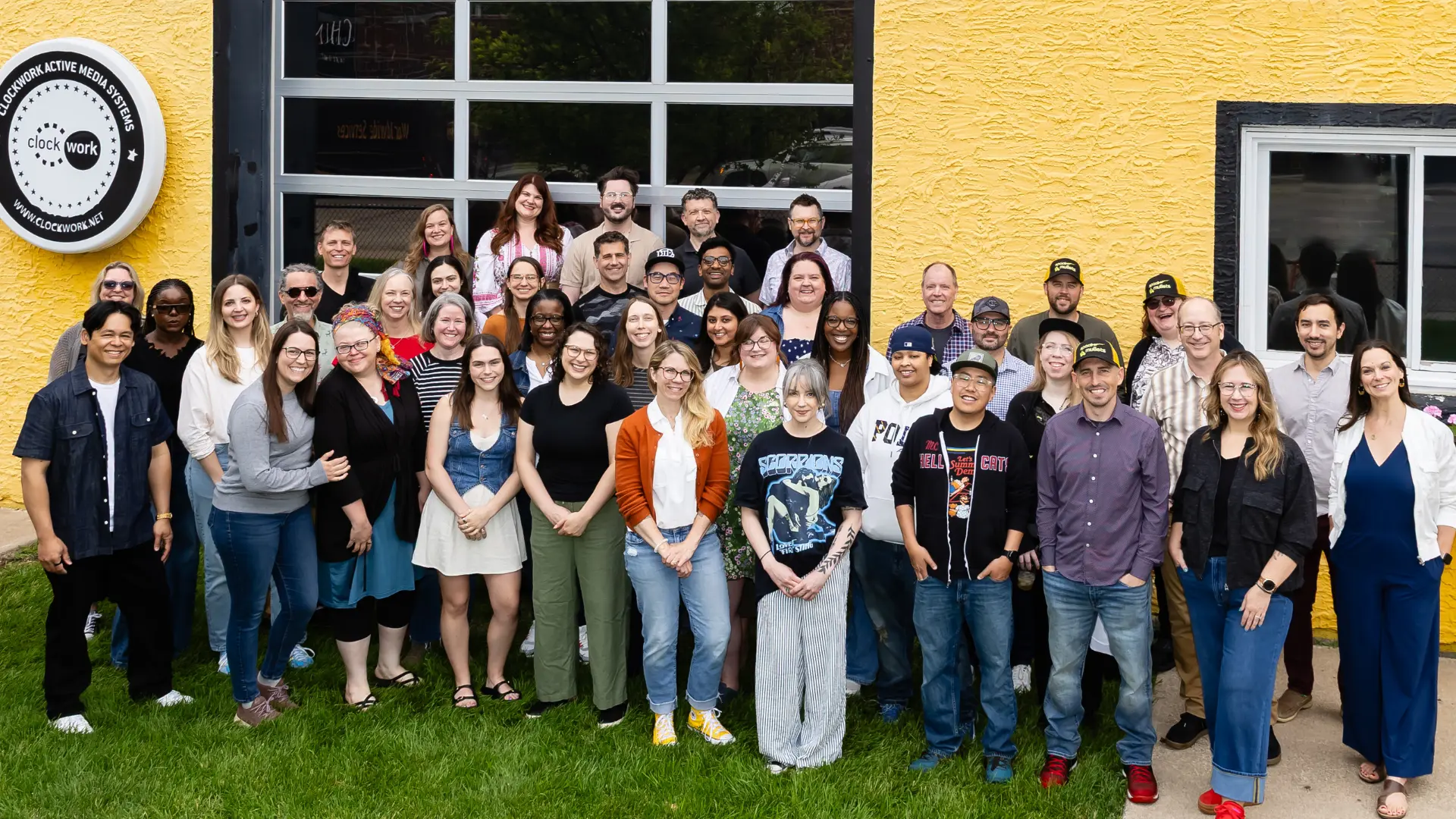Last week, I registered on the Minnesota Vaccine Connector site. If you’ve been there, you know there’s no new information on it, really. The list of who is eligible for the first round of vaccinations has been public for a while. And the health issues they ask you about match the categories of people who have always been higher up in the vaccination priority order.
But the process of registering reminded me of one of the core tenets of change enablement: get information out early and keep people in the loop — even when there isn’t much new to say.
When I work with clients, I always mention something Brene Brown said at the Association of Change Management Professionals conference a few years ago: “in the absence of information, the brain will tell itself a story.”
“In the absence of information, the brain will tell itself a story.”
The point being that, during a change (whether it’s a digital transformation or an attempt to end a global pandemic), if people feel like they don’t know what’s going on, they will (a) lose trust in those leading the change, and (b) put what little they do know together in some way to tell themselves a story. It doesn’t matter whether that story is accurate. It matters that it gives the storyteller a sense that they know what’s going on.
I wanted to see how this worked for the Vaccine Connector, so I conducted a very unscientific study (read: I sent a survey to my colleagues and some friends, and 20 people responded). Here’s what I learned:
Of those who registered with the site, 65% felt some mix of:
- some (even small) stress reduction
- some (even small) sense of hope
- new/increased thinking about what [they’ll] do once vaccinated
While I want to stress that this was an unscientific study, the general outcomes match what change professionals have found in practice for years — people feel better when they’re getting more information related to a change, even if it’s not necessarily new information.
Also worth noting is the 35% who felt no different after registering, which reminds us that a single action in support of change adoption isn’t enough. People are too complex for one-size-fits-all. But an approach of regular communication and info-sharing, in conjunction with other efforts, will always be worth it.




